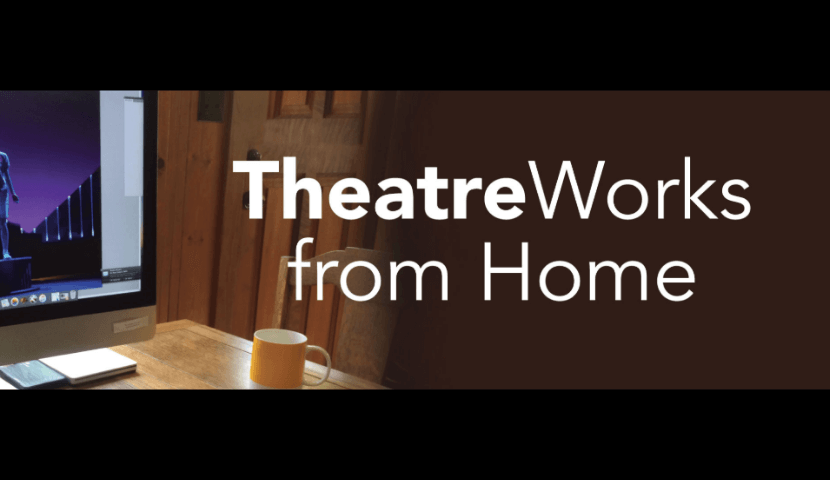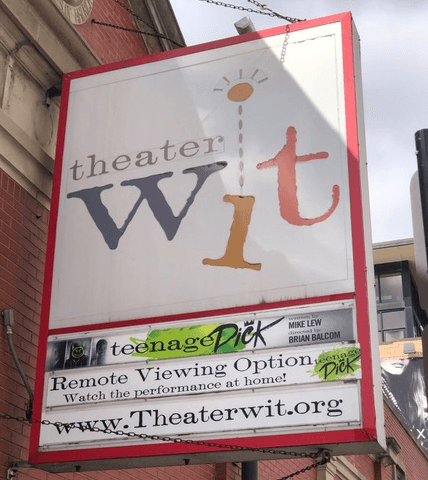The Show Must Go On: A Roundup of Streamed Performances

Jennifer Nemeth
Manager, Professional Services
Cancelled. One of the words most dreaded by box office staff, marketers, and artists alike. Yet in the past month everyone from sports teams to music festivals to Broadway has been forced to contend with it. Mass cancellations have hit performing arts organizations particularly hard, and many theaters have found themselves turning an eye towards streaming as a way to reach audiences even with they can’t gather people together.
Streaming theater performances is a new endeavor for most organizations, so our team at JCA talked to a few of them about how their streamed event developed, what they’ve learned, and how they define success.
DEMOCRATIZING THEATER
Of the organizations we spoke with, some were excited about the possibilities that online content provides both now and in the future. Rachel Applegate, Director of Marketing and Communications at Alley Theatre is glad that streaming provides an opportunity to “democratize theater” by making it available to a wider audience, and at a lower price point than a traditional ticket. The team at Alley chose a single ticket price of $20 for their stream of 1984 to help normalize the experience for everyone. They felt that a lower price point was appropriate given the difference in experience between attending a live performance and watching a stream.
Urgency forced all theaters who offered a streamed show to get new technology up and running very quickly. Now that the technical details have been worked out, the staff at Alley envision an excellent long-term opportunity. They’re exploring the possibility of creating content such as classes and training videos which could be offered behind a paywall on their website. They’ve already begun by creating a new webpage on their website called Alley @ Home to host a range of behind-the-scenes content and videos.
THE FUTURE OF THE INDUSTRY?
Theater Wit was the first theater in the country (post COVID-19) to have a streamed performance live on their website. The company’s production of Teenage Dick has been streamed to several “sold out” audiences viewing from across the country since March 20th, and was recently extended into May. It is one of few theaters that have chosen to sell timed “tickets.” The buyer receives a link shortly before their chosen show time, and is encouraged to begin the show promptly at curtain. The stream is then followed by a live talkback hosted in Go-To-Meeting with the cast and Producing Artistic Director, Jeremy Wechsler. The result is an experience that feels remarkably similar to attending a live performance.

Theater Wit’s streamed production has been a success by any measure; however, Jeremy is not as optimistic about streaming being the future of theater, describing it as more akin to a “bandage on an enormous wound.” Being a small theater at this time has some advantages—smaller salaries and lower traditional ticket prices mean that streamed tickets can cover a larger portion of costs than those faced by larger theater companies. Despite that, Theater Wit has no expectation of pursuing streaming in an ongoing way in the future. For Theater Wit, bringing people together is one of the most important aspects of the theater experience. Though they are doing a great job of approximating that experience during a time when everyone is apart, they look forward to the time where everyone can have a collective experience once again.
PRICING STRATEGIES
Theaters have also been facing decisions on what to offer ticket buyers who already purchased tickets for cancelled performances. Streamed performances can help ease the blow for buyers who were looking forward to a performance and would otherwise be left with nothing to see. Both TheatreWorks and Signature Theatre have been able to provide links to patrons who had already purchased tickets to the now-cancelled performances, while also selling tickets to new buyers on their website.
The two organizations differed, however, in their approach to pricing. Signature Theatre chose a single price point of $35. Jennifer Buzzell, Director of Marketing and Sales, explained that the team settled on the single price by averaging their rush price and the lowest price typically offered to single ticket buyers. On the other hand, TheatreWorks offers prices ranging from $15-100, and encourages customers to consider the number of people watching and their ability to help fund the theater when choosing their price. Peter Chenot, Director of Marketing, shared that the average yield per stream was around $36 at the time of this writin
Both Signature Theatre and TheatreWorks are also in the cohort of organizations looking to what could be next for streaming. TheatreWorks has devoted a page on its website, called TheatreWorks from Home, to online content. Both organizations are also exploring the possibility of launching productions that could be designed and produced specifically for a remote audience.
DEFINITIONS OF SUCCESS
Once the streams for these performances are complete, a big question to answer will be: How do we define success when we don’t have any past examples for comparison?
For some organizations, success will be defined by covering their costs of the stream. Success for Theater Wit is being able to cover payroll for the artists, staff and crew for the entire run, with extra to help with costs over the coming dark months. Some view navigating new technology and streaming a performance as a success in and of itself. For TheatreWorks, they were proud to provide their patrons with a company experience and keep them engaged during this dark period. Still many will define success by the number of tickets sold. Signature Theatre was forced to close a very successful run, and, after sharing the link with ticket holders, retained a relatively small number of streamed tickets left to sell. Selling out and reaching the maximum number of people will be a success for their organization.
There will no doubt be many different definitions of success varying greatly across organizations and art forms. For those of you who are streaming performances from your organizations, we wish you the best in reaching your definition of success!

